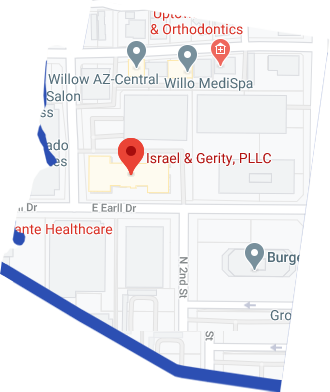Numerous new and improved safety features continue to be added to new automobiles. Many of these features now come standard in recent makes and models. However, drivers need to be aware of limitations associated with this technology for the safety of themselves and everyone on the road.
Such hidden risks became instantly apparent when a self-driving Uber accident killed a Phoenix pedestrian earlier this year. Not only did this accident show how dangerous distracted driving can be. It showed how risky automobile technology can be when drivers aren’t fully engaged or aware of what such features can and cannot do.
Emerging safety features
According to the American Automobile Association (AAA), many drivers put too much faith in advanced driver assistance systems (ADAS). This can be dangerous because these systems often have limitations and can experience occasional errors.
ADAS features include:
- Blind spot monitoring systems – designed to warn drivers of other vehicles detected in blind spots.
- Forward collision warning – meant for preventing collisions by emitting a sound that warns drivers when traffic slows down or comes to a stop.
- Lane keeping assist – which alerts drivers when their vehicles veer into other lanes or off the road.
Pros and cons of ADAS technology
AAA estimates that ADAS systems can prevent over 2.7 million auto accidents, 1.1 million injuries, and about 9,500 deaths each year. That sounds like good news. However, drivers are urged not to rely on ADAS systems. While these systems may prove to be effective the majority of the time, it only takes one malfunction to cause a crash, potentially putting other lives at risk.
Drivers who use ADAS technology may be more likely to engage in distracted driving, according to a survey conducted by researchers at the University of Iowa. The survey, which was focused on drivers of vehicles manufactured in 2016 and 2017, found:
- When questioned about a blind spot monitoring system, 80 percent of drivers weren’t aware of its limitations. While blind spot monitoring may detect vehicles passing in a blind spot, it may fail to detect pedestrians, bicyclists, and fast-moving vehicles.
- 40 percent of drivers weren’t aware of the limitations associated with forward collision warning and automatic emergency braking systems, and one in six weren’t sure if their vehicles came with these features.
- 25 percent of drivers who used ADAS systems reported being comfortable enough to take their attention away from the road.
While ADAS systems can help make roads safer in Phoenix, drivers need to continue to keep their focus on the road and be ready to take control of their vehicles in the event of a malfunction.
If you or a loved one was hurt in a crash, contact Israel & Gerity, PLLC for a free consultation. We can help.





